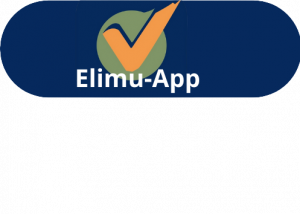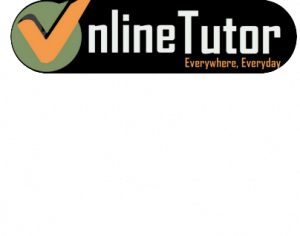MY LESSON DESIGN AND PREPARATION
My Prep and Senior School, are set in the heart of a peaceful suburb. It thus provides a secure environment, sheltered from the more aggressive pressures of city life. The schools provide a truly multi-cultural environment, bringing in students from over 55 countries, and maintaining an important balance in representing the three major cultural groups in Kenya: African, European and Asian.
My learners are all of 13-14 year old (boys and girls). Children leave the Prep- School at thirteen, well equipped to face the challenges of modern day living, having had the benefit of a truly holistic education. Preparatory and Early Years follow the British National Curriculum from Foundation Stage to Key Stage 3.
Pupils are class taught up to Year 6 after which they divert into specialist subject areas in preparation for the Common Entrance Exam at 13+. Most join the Senior School from Prep-school after completion on their Common Entrance Examinations. Several others still join Senior School from other schools and may have different learning backgrounds.
The school has a program of orientation. A day at the end of academic year is normally set aside when incoming students are given an opportunity to experience a broad range of subjects before gaining formal admission into the school. The students normally come to the Senior School on orientation day and this gives us (teachers) the first contact with them.
The Prep-School, on the other hand provides the Senior School with student reports profile from which we can identify individual and group needs to build on. Some students join from different systems such as KCPE, KCSE, German schools and SAT schools. The Head teacher will normally request for copies of records that document students learning profiles at each of the previous prep-schools. These documents may contain formal examination results.
Students follow a subject department designed curriculum which, in the case of Mathematics, may require further testing. Using these tools and others at the discretion of the department, we are able to gauge the individual and group needs of our learners to enable us to build our learning goals around.
The previous schools maintain student profiles of their own which gives most -if not all -of the details we may need for a start. This helps us get to know the students needs at the point of entry. It is also our departmental policy to provide tests – oral or written- to enable us to continuously assess individual and group needs of our students as we move on. It also gives us an opportunity to put our learners in sets or groups with similar needs. This helps us to concentrate our efforts in the right direction from day one.
In mathematics, the syllabus structure spells out basic aims of the course at this level. Some of the needs I identified for this group are:
- Weak Numeracy skills
- Weak problem solving skills
- Weak Geometrical and Algebraic skills
- Problems in recognizing patterns and structures and so form generalizations
- Problems in communicating mathematical concepts using the correct mathematical notation, terminology and logical argument
In my current class, some students had weak numeracy and problem solving skills. Others had needs which needed further attention from the Learning Support Department. Some students appeared to be in the gifted and talented segment and needed to be grouped together for accelerated math program. Other students showed average skills in most categories we assessed.
This session will be about percentages. Percentages are commonly used to express depreciation or appreciation in value. They work much the same way as fractions or decimal system. An item may increase or decrease in value due to price changes or variations. Some variations are deliberately included with the prices of items to increase attention and improve sales. They commonly appear as discounts.The first resource will be the white board and my markers. I will use these to introduce my lesson.
I will bring in a Video Lesson of an actual supermarket setting. The students will watch some two buyers busy doing some shopping. I will use this as the second resource. The third resource will be the supermarket class. This will be my environment. I will bring into the lesson a shopping chart or list from which to select items. In order to take into account differentiation, I will bring out these items in picture form. The items will bear a price tag and display discounts. The learners will be expected to use these tags to work out how much they would expect to pay and how much change they expect from the amount of money they may have.
My role would be to facilitate learning by providing the necessary differentiated resources needed. My roles can be summarized as:
- Introduce the topic or sub-topic
- Largely that of instructor, facilitator and leader of discussion/study
- Solve a number of problems with students listening and taking some notes
- Provide guidance and initiate discussions
- Provide the materials (teaching resources) needed in the lesson
- Motivate my learners using our school merit and commendation system
- Assess the learners by marking their work.
The roles of my learners will be:
- Listening and taking notes (from my explanation)
- Doing “shopping”
- Watch the clip
- Work in groups
- Solving problems
- Question framing
- Peer teaching
The expected outcomes are specified in my lesson plan. I will assess the students by:
- Oral assessments
- From their written work
- Questioner at end of lesson
- Observation by a colleague
These will form the basis from which to evaluate the lesson. A lesson will have been successful if the objectives will have been met.


 WhatsApp us for instant feedback
WhatsApp us for instant feedback